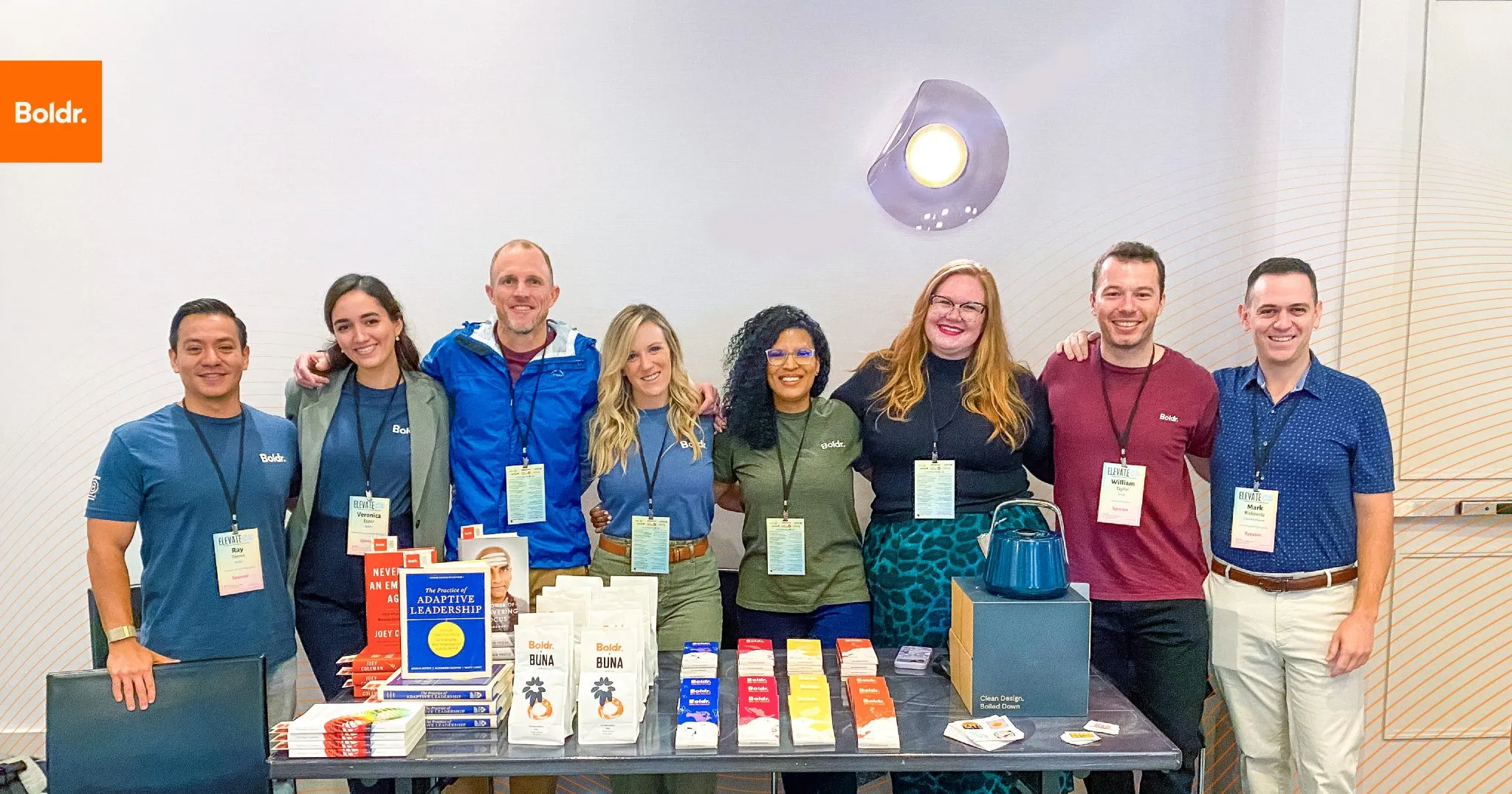Over-relying on AI in customer service can backfire; hybrid human-AI models improve satisfaction, loyalty, and efficiency in BPO.
The Myth of “Bot-Only” Customer Experience
In CX, there is a common belief that automation, particularly AI-powered chatbots, is the ultimate solution for reducing costs and improving service efficiency. The theory seems straightforward: let AI handle routine inquiries while human agents focus on more complex cases. However, the “80/20” approach to automation, where 80% of service is handled by bots, is a misconception. The idea that a bot-first strategy leads to better service, loyalty, and efficiency is often misleading.
The reality is more nuanced. Over-relying on automation can lead to frustration, loss of trust, and a widening gap between customer expectations and what businesses can provide. In this article, we examine why automation alone is not the answer and how some businesses are rethinking AI integration to ensure human connection remains central to customer service.
Rethinking the Approach to BPO
Boldr stands out in the business process outsourcing (BPO) industry for its commitment to combining technology and human touch. As the largest B Corp-certified BPO in the world, Boldr emphasizes both measurable customer experience outcomes and social impact. This philosophy drives the company’s approach to customer service, where technology and human agents work in harmony to create more meaningful interactions.
Boldr’s strategy centers on the idea that AI’s true power lies in enhancing human capabilities rather than replacing humans entirely. As Mercer Smith, Senior Director of CX Strategy and Solutions at Boldr, explains, “The true power of AI lies not in replacing humans but in augmenting them, enabling agents to do what they do best: build relationships.” This hybrid approach has proven successful, with both internal results and client success stories demonstrating its effectiveness.
The Case Against Over-Automation: A T-Mobile Example
A prime example of how automation can backfire is T-Mobile’s overhaul of its customer service strategy. For years, T-Mobile relied heavily on automated systems, including IVR (interactive voice response) menus and bots. While these systems aimed to cut costs, customer satisfaction began to decline, and many customers voiced frustration with the lack of human interaction.
In response, T-Mobile made a bold move by eliminating the traditional IVR tree and introducing small, cross-trained human teams known as “Teams of Experts.” These teams were empowered to manage customer relationships from start to finish, without transferring calls or relying on automation. This shift led to significant improvements: Net Promoter Score (NPS) increased by 60%, postpaid churn dropped by 39%, and cost-to-serve fell by 26%, while handle times remained relatively steady. This demonstrated the value of human connection, even in an increasingly automated world.
The Science Behind Human-AI Integration
Boldr’s approach is not just based on industry trends; it is supported by research. Studies have shown that when AI chatbots operate in isolation, customer satisfaction (CSAT) tends to suffer. For instance, a 2025 study by Phanidra Mangipudi on AI versus human agents found that AI chatbots scored an average CSAT of 3.9/5, whereas human agents earned a significantly higher score of 4.5/5. The breakthrough came with hybrid models, where frustration flags triggered an immediate handoff to a human agent. This approach dramatically improved satisfaction, aligning CSAT scores with those of human-only interactions. – ResearchGate
Research from Harvard Business School also supports this, showing that agent-assist AI does not only boost efficiency but also enhances the empathetic responses of human agents. Teams using hybrid models reported better customer satisfaction, proving that AI should elevate, not replace, human connections.
Customer Expectations: The Demand for Human Connection
A crucial reason why businesses like Boldr are moving away from the “80/20” bot-driven model is customer expectations. Consumers consistently rate interactions with human agents higher than those with AI, especially when the service is personalized. According to research from ScienceDirect, the value of a service interaction is more dependent on the abilities of the human agent than on the interface used to deliver it.
One study, titled “Tech-Touch Balance in the Service Encounter,” revealed that even small elements of human interaction, such as a follow-up call or live chat handoff, significantly increased customer satisfaction and trust. In today’s hyper-connected world, where customer loyalty is fragile, brands that fail to integrate human connection risk losing valuable trust. – Google Scholar
The Hybrid Model: How Boldr Gets It Right
At Boldr, the focus is on creating a balance between automation and human interaction. Automation handles repetitive tasks, improving efficiency and reducing the time agents spend on mundane activities. This allows human agents to focus on more complex, high-value interactions that require empathy, creativity, and personalized attention. Boldr also creates meaningful pathways for team members that would otherwise be displaced by AI through empowerment and education around implementing and maintaining these new technologies.
The core of this hybrid model is identifying the key moments in the customer journey where human intervention has the greatest impact. These “human triggers” are moments where AI can sense customer frustration or dissatisfaction, seamlessly transitioning the interaction to a human agent who can resolve the issue with care and nuance.
As Smith states, “It’s about ensuring that AI acts as an enabler for our agents, not a replacement. The customer experience should never feel like an automated process; it should feel like a meaningful conversation with someone who truly understands their needs.”
Why AI Alone Will Never Work: The ROI of Human Connection
Boldr’s approach has resulted in measurable success, with clients seeing reduced churn, improved customer satisfaction, and higher overall CX scores. However, beyond the numbers, Boldr’s strategy underscores the importance of empathy, something that AI cannot replicate. Human agents are able to read emotions, adjust tone, and personalize interactions in ways that bots cannot. This emotional intelligence leads to deeper relationships and stronger brand loyalty.
That same study by ScienceDirect found that consumers were more willing to pay more and more likely to trust brands that offered supplementary human services, highlighting the value of human intervention in customer service.
The Bottom Line: A Human-First, AI-Enabled CX Model
While AI and automation will continue to play a significant role in customer service, they should never replace the human element. As businesses like Boldr have shown, the key to long-term CX success is finding the right balance between automation and human connection. Automation should serve to enhance human capabilities, not replace them. A purely “bot-first” approach often leads to dissatisfaction, while a hybrid model that introduces human triggers at the right moments ensures both efficiency and emotional connection.
For businesses looking to optimize their CX strategy, the lesson is clear: the future of customer service lies not in AI alone, but in combining the strengths of both human agents and AI to deliver a seamless, personalized experience. As Mercer Smith puts it, “Human-first, AI-enabled CX is the future, and Boldr is leading the way.”
To learn more about Boldr and how they’re transforming the BPO landscape with a human-first approach to automation, visit Boldr’s website.



